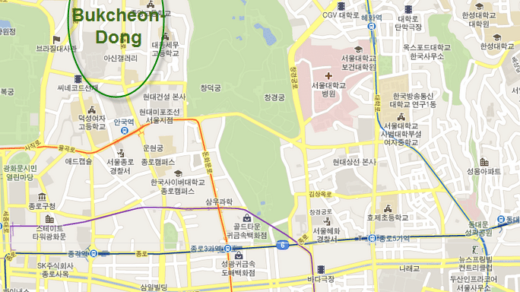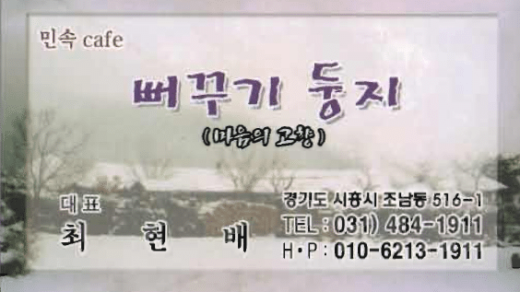When doing Korean-language layout on English-to-Korean translation [EXPIRED LINK REMOVED: http://uz9.25e.myftpupload.com/english-to-korean-translation/] projects, there are two cardinal rules to follow.
- Either left- AND right-justify the text OR make sure you end each line of text between words, not in the middle of words.
- In titles or short phrases and bullet points, don’t left- or right-justify; just make sure you end each line of text between words, not in the middle of words.
(Mostly) like Japanese and Chinese, each Korean character is a syllable. But unlike Japanese and Chinese, Korean is made up of words separated by spaces.
When left/right-justifying the text, it’s OK to end a line between characters of a word. In Korean layout, you don’t even have to put a dash at the end of the line to show that a word’s been separated. But if you leave the right side ragged, you’ve got to separate text in the spaces between words. It looks uber-tacky otherwise!

My personal preference is to right/left justify the text in Korean. This way, it’s not necessary to worry about line breaks. This also just looks better to me than a ragged right edge. Either approach is fine, though.
Sometimes when I send these instructions to a client, I heard back that it’s too hard to figure out where to split the words. The client tells me they don’t read Korean and want us to go through and mark each line individually. This wastes billable time since most software can do line breaks correctly if set up right. It is also impossible for us to do it. Adjusting a line break on one line affects all the following lines in that paragraph, too. It is not possible to predict on a static document where every break should be.
However, even a graphic designer who doesn’t read Korean can still do Korean layout correctly. Just check where the spaces are between words. If you don’t right-justify the text and the software doesn’t do it automatically, go through line-by-line to verify the spacing.
This is really pretty simple. But you’d be surprised how often these rules are ignored on Korean translation [EXPIRED LINK REMOVED: http://uz9.25e.myftpupload.com/] projects. There are other tricks to doing a top-notch job on Korean-language layout, too. But these are the most important.
Best-Practice Tip – Make sure your layout person already knows this stuff or at least reads and refers to this information!



